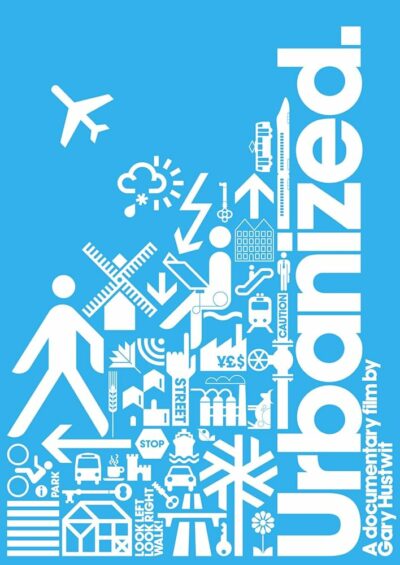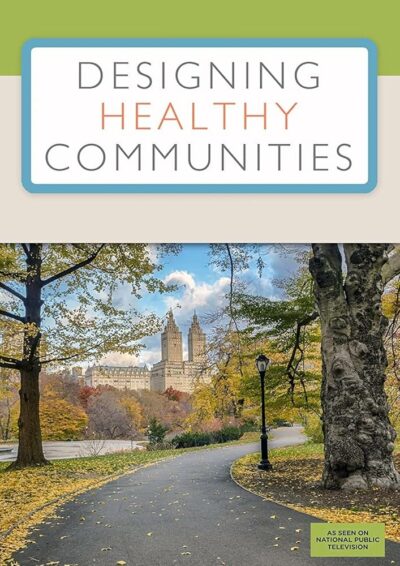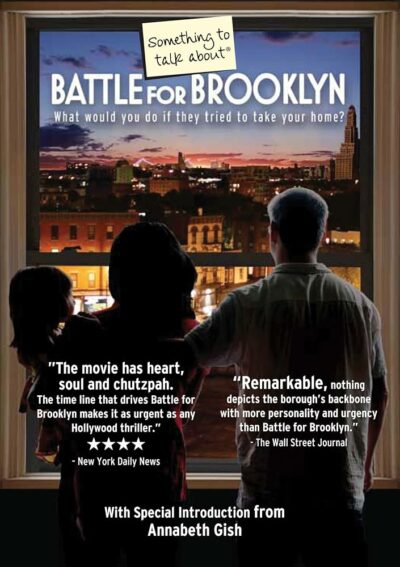If you’ve never heard of new urbanism, you’re in the right place. In today’s post, I’m going to share the basic concept of new urbanism, along with some resources to help you explore the topic in more depth. In future posts, I’ll delve more into the history of urban development and opportunities to make small and large-scale improvements. Let’s get started!
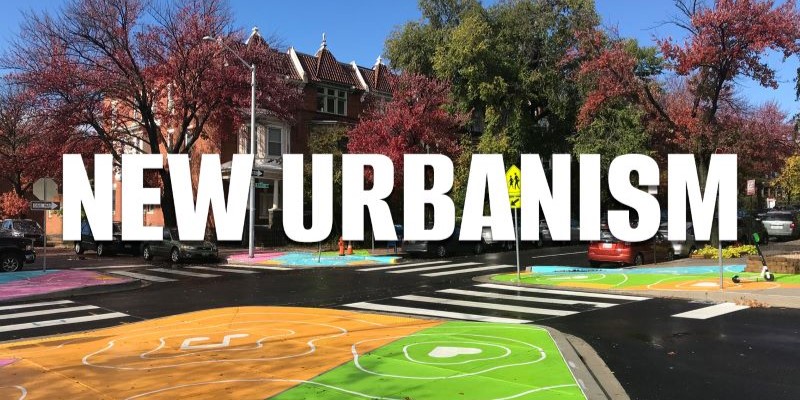
What is New Urbanism?
New urbanism is a social movement and design approach that teaches about the intentional use of space in our towns and cities. It focuses on human-scaled urban design and building and maintaining cities responsibly and sustainably.
Unfortunately, accessibility and sustainability haven’t always been priorities in city planning, and that has contributed to a number of large-scale issues, including a warming climate, limited space to grow crops and a housing crisis.
So, what do we do about these problems? While that is a loaded question, it’s clear we have to take action. But first, we must learn more and educate ourselves on how our cities work, learn about the existing problems, their sources and the solutions people are already trying.
Books
Here are a few books you can explore to learn more about this topic:
Videos
We also have access to a few videos on Kanopy that can provide you with some further insight:
Urbanism and the Disability Community
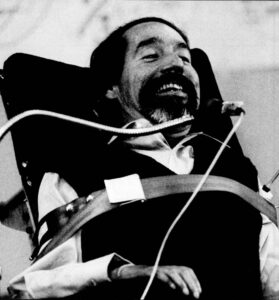
Disability rights and tactical urbanism activist Ed Roberts
July celebrates Disability Pride Month, and in honor of the long history of queer rights, disability rights, and urbanism all going hand in hand, I invite you to meet disability rights activist Ed Roberts. Roberts and his Rolling Quads were a group of disability activists who took matters into their own hands. Stories still circulate about the Quads riding out at night with attendants and using sledgehammers to bust up curbs and build their own ramps, forcing their city into action.
This sort of activism shows that tactical urbanism is not a new invention, just a new name for something activists have been doing for years. I hope this post inspires you to learn more, get out, talk a walk and take action this month. Maybe take a walking tour of your neighborhood and think of how you can start the change. Together, we can be a part of the change that makes things better.

